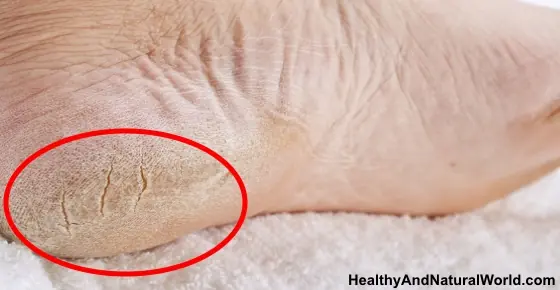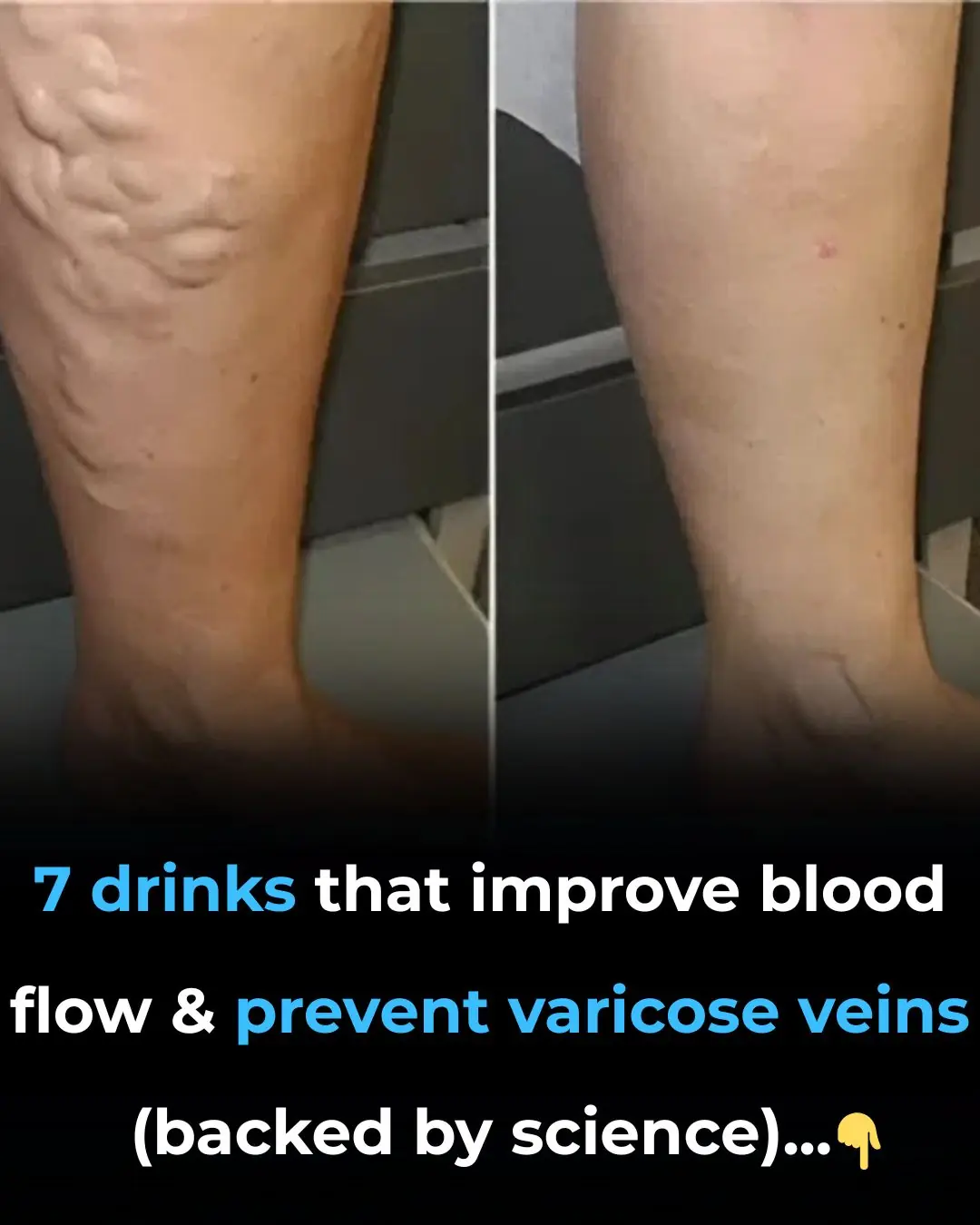
How to Prevent and Treat Toenail and Foot Fungus
🦶 How to Prevent and Treat Toenail and Foot Fungus: A Complete Guide
Fungal infections of the feet and toenails are incredibly common—and frustrating. Whether it's athlete’s foot or onychomycosis (toenail fungus), these conditions thrive in warm, moist environments and can be stubborn to treat. But with the right approach, you can eliminate the fungus and prevent it from coming back.
🧫 What Causes Toenail and Foot Fungus?
Fungi love dark, damp places—making your feet the perfect target. Toenail fungus often begins when microscopic organisms enter through a crack or trauma in the nail bed. Foot fungus, or athlete’s foot, typically starts on the skin and can spread to the nails if left untreated.
Common risk factors include:
-
Wearing tight or non-breathable shoes
-
Walking barefoot in public showers or pools
-
Having diabetes or a weakened immune system
-
Repeated nail trauma or poor foot hygiene
📊 Did you know? About 14% of people in North America have toenail fungus, and the risk increases with age.
🔍 Signs and Symptoms to Watch For
Toenail fungus may appear as:
-
Thickened, brittle nails
-
Yellow, brown, or chalky white discoloration
-
Crumbling edges or distorted nail shape
-
Pain or pressure from thick nails pressing into skin
Foot fungus symptoms include:
-
Itchy, peeling skin between toes
-
Redness or burning sensation
-
Cracked heels or blisters
-
Foul odor from infected areas
💊 Treatment Options for Toenail Fungus
If you suspect a fungal nail infection, consult a podiatrist or dermatologist. They may send a nail sample to a lab to confirm the type of fungus.
Recommended treatments include:
-
Trimming the nail: Regular trimming by a specialist helps medication penetrate deeper.
-
Topical medications: Prescription treatments like efinaconazole (Jublia) or ciclopirox (Loprox) are applied daily for months. Success rates range from 20–50%.
-
Oral antifungals: Terbinafine or itraconazole are taken in cycles to reduce liver risks. These are more effective but require monitoring.
-
Nail removal: In severe cases, the nail may be removed temporarily or permanently.
-
Laser therapy: FDA-approved lasers are available but expensive and not always covered by insurance.
-
Home remedies: Some people use Vicks VapoRub, tea tree oil, or oregano oil. While popular, these lack strong scientific backing.
🧠 New Insight: Pulsed dosing of oral terbinafine (one week per month for three months) is now preferred over daily dosing to reduce liver side effects.
🧴 How to Treat Foot Fungus
Foot fungus is often easier to treat than nail fungus.
Options include:
-
Over-the-counter antifungal creams (e.g., clotrimazole, miconazole)
-
Prescription creams with added steroids for severe cases
-
Oral antifungals for persistent or widespread infections
👣 Pro Tip: Treat athlete’s foot promptly to prevent it from spreading to your toenails.
🛡️ Prevention Tips to Keep Fungus Away
-
Alternate shoes daily to let them dry out
-
Wear moisture-wicking socks and breathable footwear
-
Keep feet clean and dry, especially between toes
-
Use antifungal sprays or powders in shoes
-
Avoid walking barefoot in communal areas
🧼 Extra Advice: Disinfect nail tools regularly and avoid sharing them with others.
🧠 Final Thoughts
Toenail and foot fungus may be common, but they’re not inevitable. With consistent care, early treatment, and smart prevention, you can keep your feet healthy and fungus-free. If symptoms persist or worsen, don’t hesitate to seek professional help.
News in the same category


Stomach Pain and Nausea: Causes, Symptoms, and Treatments

Three-Day Lymphatic Cleanse to Keep You Healthy All Year Long

Three-Day Lymphatic Cleanse to Keep You Healthy All Year Long

Scientifically Proven Benefits of Pumpkin Seeds (Pepitas) and Pumpkin Seed Oil

What Happens When You Eat 3 Whole Eggs Every Day…You’ll Be Surprised What It Does To Your Body!

More people are dying from heart failure, doctors warn: give up these 4 habits now

1 cup to destroy inflammation, clear mucus & unclog sinus, chest, and lungs!

7 silent signs of high blood sugar most people miss

Every Time You Hold Back Your Anger, Your Brain Rewires Itself to Be Calmer And More Loving

Can Cold Water Hurt Your Stomach?

How to Get Rid of Dead Dry Skin on Feet

Why You Should Start Using Coconut Oil as a Toothpaste

How 600mg of this supplement could transform your pancreas and insulin sensitivity!

7 Drinks That Improve Blood Flow and Prevent Varicose Veins (Backed By Science)

This Ancient Detox Juice Fights Cancer And Helps Regenerate New Healthy Cells

1 cup before bed: end restless nights and repair your nerves

Dogs Able to Sniff Out Parkinson’s Before Symptoms Appear

Plant-Heavy Diets’ Link to Reduced Cancer Risk Strengthened
News Post

The Best Home Remedies for a Sinus Infection

Stomach Pain and Nausea: Causes, Symptoms, and Treatments

Three-Day Lymphatic Cleanse to Keep You Healthy All Year Long

Three-Day Lymphatic Cleanse to Keep You Healthy All Year Long

Scientifically Proven Benefits of Pumpkin Seeds (Pepitas) and Pumpkin Seed Oil

Top 8 Most Power-Hungry Devices, Using Twice as Much Electricity as Air Conditioners: Remember to Unplug After Use or Your Bills Will Skyrocket

Mosquitoes Fear This Simple Bowl of Water — Place It in Your Home, and Even the Most Persistent Mosquitoes Will Leave, Letting You Sleep Peacefully

Super Simple Toilet Cleaning Tip Using Just a Toilet Paper Roll Core and Vinegar

Do You Think Like an FBI Agent

The Mystery of the Milk Bottle Dent

What Happens When You Eat 3 Whole Eggs Every Day…You’ll Be Surprised What It Does To Your Body!

What Your Favourite Chocolate Says About You

More people are dying from heart failure, doctors warn: give up these 4 habits now

Think Bottled Water Is Safer Think Again

Saw This Trick For Oven Cleaning

1 cup to destroy inflammation, clear mucus & unclog sinus, chest, and lungs!

7 silent signs of high blood sugar most people miss

Every Time You Hold Back Your Anger, Your Brain Rewires Itself to Be Calmer And More Loving

Your Washing Machine Has a Special Setting That Dries Clothes Faster – Most People Don’t Know About It
